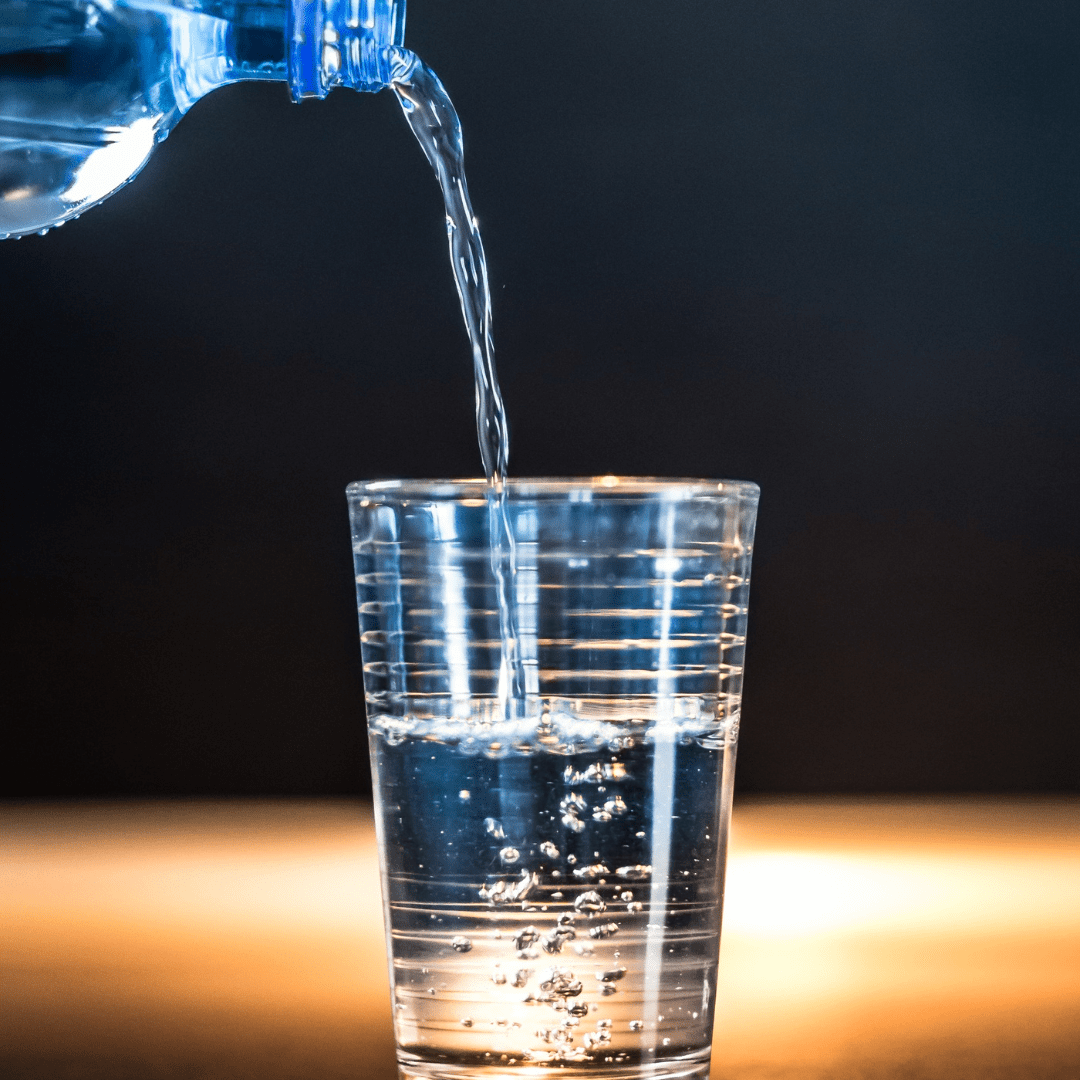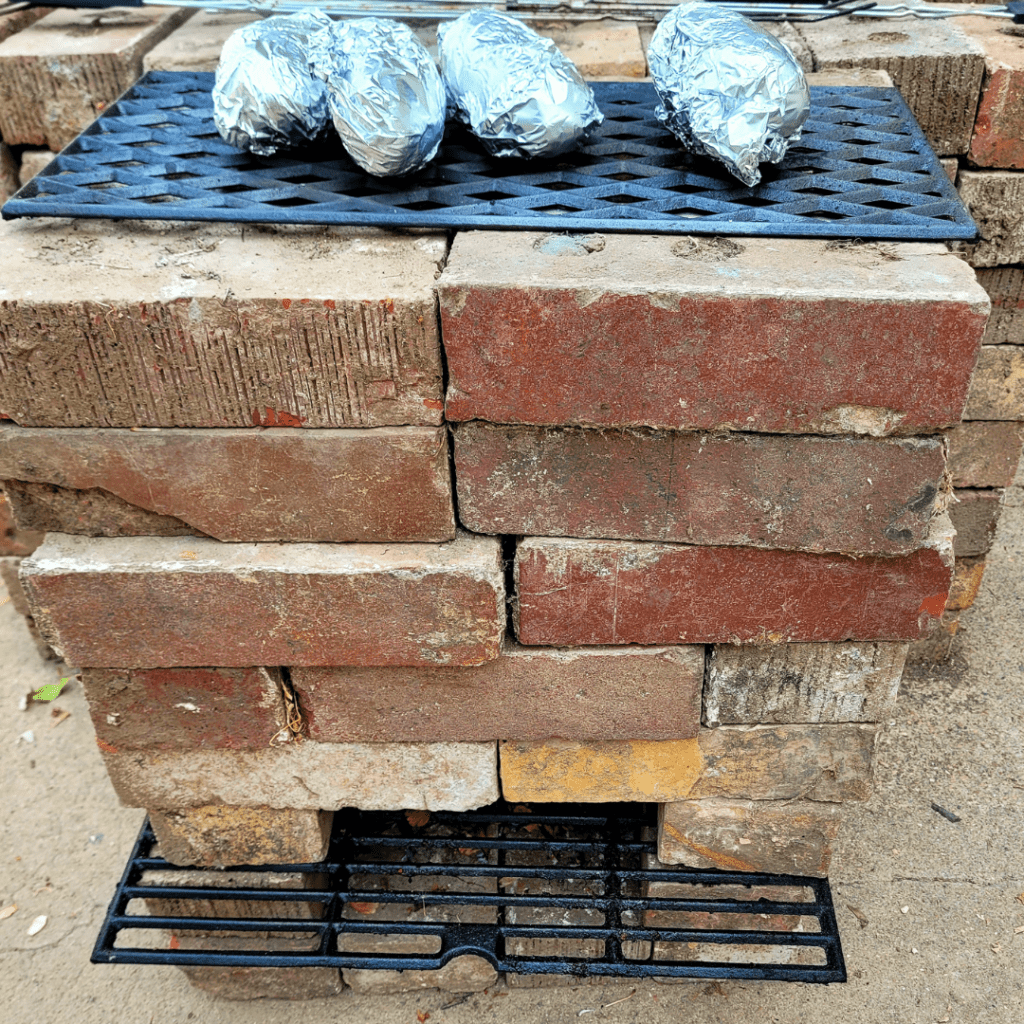Learn the best water purification methods for survival and how to keep your drinking water safe in any emergency or off-grid situation.
Water is life, and in a survival situation, having access to clean, safe drinking water can mean the difference between comfort and crisis. Understanding Water Purification Methods for Survival: Best Practices Explained walks you through the most reliable ways to purify water, whether you’re off-grid, in the wilderness, or facing an emergency at home. From simple filtration and boiling to chemical treatments and advanced survival systems, I’ll share the methods I trust and use myself, so you can stay prepared, hydrated, and safe no matter the circumstances.
This is a pinnable post. Tap or hover over any image in this post to pin to your Pinterest Boards.
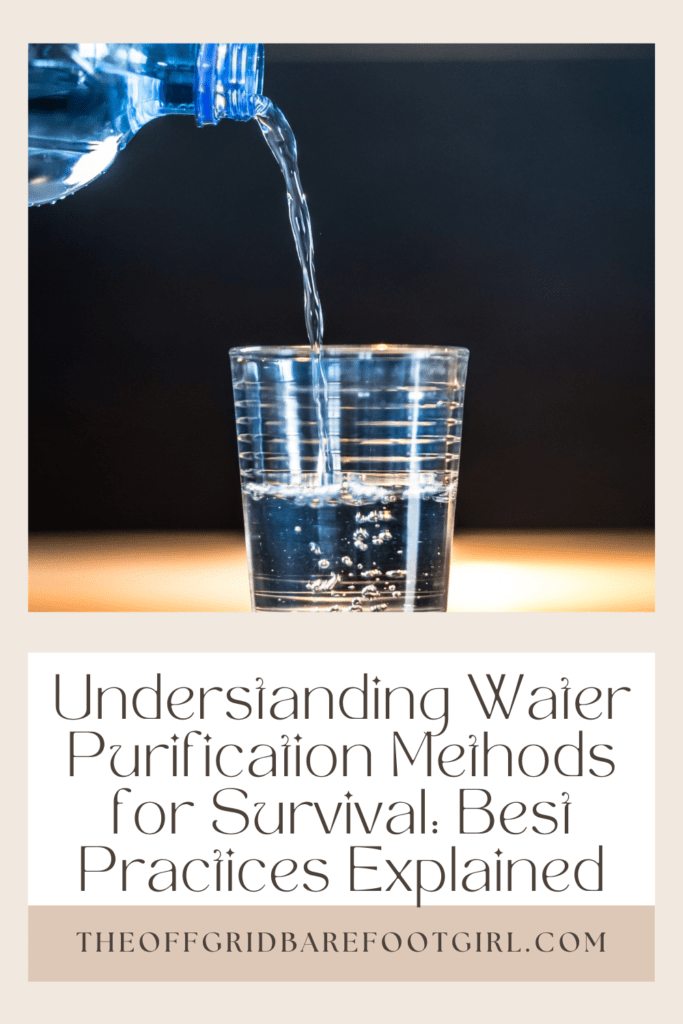
Why is Water Purification Important?
Importance of Water Purification: Health Advantages
Water purification removes harmful contaminants and impurities from water, thus making it safe for drinking and cooking. Contaminated water can transmit diseases such as diarrheal disease, cholera, dysentery, typhoid, and polio. According to the World Health Organization, 2.2 million people worldwide die every year due to diarrheal diseases. Over half of these are children under 5 years old, a population that is particularly vulnerable to water-borne diseases. By purifying water, these illnesses can be prevented, improving overall public health.
Minerals like magnesium and calcium are retained in the water during the purification process. These are essential minerals for the normal functioning of the body and contribute to our daily mineral intake. Purified water also reduces the risk of cancer by removing carcinogenic substances from water.
Water Purification and Environmental Impact
Water purification also has significant environmental benefits. The process often includes the treatment of wastewater to remove pollutants before it is returned to the environment. This helps to preserve aquatic ecosystems by avoiding the release of harmful substances into water bodies.
Water purification processes also include the treatment of industrial wastewater, which contains a range of harmful chemical and biological substances. By treating this water, these contaminants are removed or neutralized before the water is discharged back into the environment. This helps to preserve water quality for wildlife and reduces the overall impact of industrial processes on the environment.
Reducing the Risk of Water-Borne Illnesses
Unfiltered water is one of the leading sources of waterborne diseases. According to the Centers for Disease Control and Prevention, there were over 32,000 reported cases of water-related sickness in the United States from 2013-2014, which resulted in 13 deaths. Illnesses range from minor gastrointestinal discomfort to severe, life-threatening conditions such as E. coli and Giardia infections.
Water purification methods, ranging from boiling and distillation to reverse osmosis and ultraviolet treatment, can eliminate or significantly reduce these pathogens, making water safe for consumption. Continuous improvements and advancements in water purification technologies are, therefore, crucial in reducing the prevalence of waterborne illnesses globally.
Economic Impact of Water Purification
The economic benefits of water purification cannot be overstated. Healthier populations mean lower healthcare costs, increased productivity, and improved quality of life. On a larger scale, investing in water purification infrastructure can stimulate local economies, offer employment opportunities, and promote sustainable growth.
Moreover, the management of water resources through effective purification strategies can save a country from future costs and losses associated with water pollution, waterborne diseases, and deaths. According to the United Nations, it’s estimated that every $1 invested in water and sanitation provides an economic return of $3 to $34, depending on the region.
The process of water purification goes beyond being a mere health necessity. It is a strategic investment towards our shared health, our economy, and certainly, our future.

Traditional Water Purification Methods
Boiling: A Conventional Technique for Water Purification
Being one of the earliest and most frequently utilized methods, boiling is a traditionally trusted technique for water purification. It’s a simple process wherein water is brought to its boiling point – 100 degrees Celsius or 212 degrees Fahrenheit – resulting in the elimination of the majority of harmful pathogens and disease-causing microorganisms like the ones causing diarrhea, cholera, and typhoid. The neat simplicity and easy accessibility of this method only require one to have a source of heat, along with a pot or any container to hold the water. However, it does come with a few drawbacks. Boiling isn’t effective in ridding the water of harmful chemicals, heavy metals, or particles. It is also energy-consuming and time-intensive, making it not the most practical option for large-scale operations or in circumstances where immediate purification is needed.
Bleach Chlorination Method
Using household bleach for water purification is another traditional method. Bleach is used to kill bacteria and viruses by breaking down their proteins and cell structure. To purify water, a small amount of 5-6% unscented bleach is added to clear water, typically in the ratio of 1/8 teaspoon or eight drops per gallon. It’s then stirred and left to stand for at least 30 minutes before consumption. The benefit of using bleach is that it is widely available and effective against many pathogens. However, the drawbacks include the altered taste and smell of the water caused by the bleach. Additionally, bleach does not eliminate heavy metals, chemicals, or particulates, and can be harmful in large amounts.
Distillation Water Purification
Distillation is a water purification method that involves evaporating water and then recondensing it in a separate container. The process kills bacteria, viruses, and parasites. It also helps remove minerals, salts, heavy metals, and many chemical pollutants. This advantage places distillation higher in the water purification leagues. However, this process cannot eliminate any substances with boiling points lower than water, like volatile organic compounds (VOCs). Distillation also requires an energy source and considerable time, making it less practical for immediate or large-scale use.
Sedimentation Water Purification Method
Sedimentation is a water treatment process that involves the settling and removal of solid particles or sediments from water. It is an effective way to reduce turbidity or cloudiness in water before filtration or disinfection. The process works on the principle of gravity, where particles heavier than water sink to the bottom of a container, while the clearer water can be carefully poured off. Sedimentation is a simple, economical method that helps in reducing some contaminants, but it cannot alone ensure safe drinking water as it falls short of eradicating harmful microbes and dissolved impurities.
Limitations of Traditional Water Purification Techniques
Traditional water purification techniques, such as boiling, bleach chlorination, distillation, and sedimentation, effectively reduce several harmful contaminants, yet they are not entirely foolproof. They may fail to completely filter out chemical pollutants and certain pathogens, especially if the techniques are not executed properly. Dissolved gases, which alter the taste and odor of water, also remain unremoved. These techniques often involve a considerable amount of time and energy, making them impractical for high-volume water purification or use in resource-deprived areas.

Modern Water Purification Techniques
Introduction to Reverse Osmosis
Enter Reverse Osmosis (RO), a water purification technique gaining much popularity for household and industrial applications. The method involves applying a high amount of pressure to untreated water to push it through a semi-permeable membrane with tiny pores. This process effectively traps and filters out microscopic impurities, resulting in crystal-clear drinking water.
Reverse osmosis stands out for its superior ability to eliminate dissolved salts, harmful bacteria, viruses, and perilous chemicals such as arsenic, lead, and fluoride. As such, it presents a thorough solution to a wide range of water impurities.
Contrarily, RO isn’t without its drawbacks. It is highly energy-intensive, leading to increased operational costs. It also generates disproportionate amounts of wastewater, making it an environmental concern. Moreover, the RO process strips the water of essential minerals, which can lead to nutritional deficiencies in the long run.
Ultrafiltration (UF)
Ultrafiltration (UF) is an effective method to remove suspended solids, bacteria, viruses, endotoxins, and other pathogens in water to produce high purity and low silt density. It operates without the need for additives and chemicals. Unlike RO, Ultrafiltration preserves essential minerals, making it more suitable for areas with mineral-rich water.
In UF, water is passed through a hollow membrane under pressure. The pores in the UF membrane are slightly larger than those in the RO system. Consequently, although UF cannot remove dissolved salts, it’s extremely efficient in removing all types of colloidal particles, including microorganisms.
On the cost-efficiency front, UF systems are generally cheaper to install and operate, making them popular for household use. It is also more environmentally friendly since it does not produce any wastewater during the purification process.
UV (Ultraviolet) Purification
UV purification is a modern and efficient means of water treatment that uses ultraviolet light to kill microorganisms and pathogens in water. Essentially, the UV rays penetrate harmful pathogens in the water and destroy their ability to reproduce, thereby neutralizing them.
UV methods do not alter water chemically, and the water is ready for consumption right after treatment. Furthermore, the UV purification process does not introduce any new chemical compounds into the water, making it an environmentally friendly method.
While UV purification is incredibly effective in eliminating bacteria and viruses, it doesn’t remove foreign contaminants such as chemicals, salts, or metals, making it less comprehensive. Since UV systems are usually paired with other purification methods like RO and UF for a more complete solution, the overall procedure becomes costlier. Additionally, UV lamps used in the purification process need to be replaced annually, which is an added expense.
Advanced Oxidation Process (AOP)
A newer water purification technology is the Advanced Oxidation Process (AOP). AOP involves the generation of highly reactive hydroxyl radicals, which aid in the destruction of organic and inorganic substances in water. This makes AOP effective in eliminating heavy metals, endocrine disruptors, pharmaceuticals and personal care products, microorganisms, and other water contaminants.
Although AOP is highly effective, the setup cost can be prohibitive, especially for domestic use. Also, the use of strong oxidants poses potential health and safety risks if not handled properly.
Overview
With the advent of technological advancements, we now have access to a variety of sophisticated methods for water purification, such as Reverse Osmosis, Ultrafiltration, UV Purification, and Advanced Oxidation Processes. Each of these techniques brings its own distinct advantages and drawbacks in terms of effectiveness, cost, and the impact they have on the quality of the water. The choice of purification method typically hinges on factors such as specific needs, water quality, and budget.
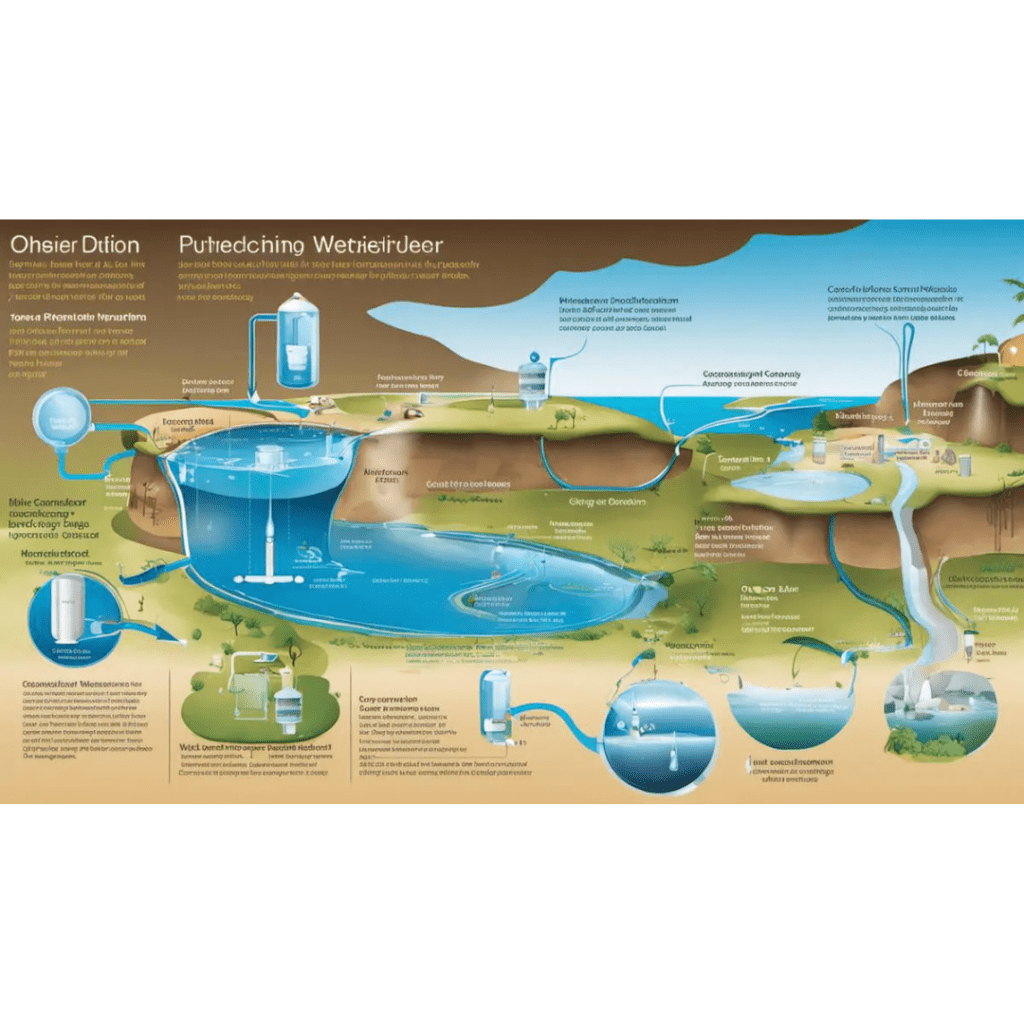
Choosing the Right Water Purification Method for Your Home
Why is Water Purification Important?
The importance of pure water in every household cannot be understated; it influences everything from our health to our ability to perform day-to-day tasks. Given that the composition of water varies in different regions, it becomes pivotal to understand the quality of water you have access to and choose the ideal purification method that suits your specific needs.
Understanding Water Composition
The composition of water depends on its source. Groundwater, for instance, has different minerals (calcium, magnesium) that make it hard. Similarly, municipal water might contain disinfection by-products or metals like copper and lead. To gauge your water’s composition, you may need to get a water quality report from your water provider or have a private lab test your home water. Understanding your water’s composition helps in choosing the effective water purification technology for your home.
Water Purification Technologies
Common water purification methods include filtration, reverse osmosis, distillation, UV treatment, and ion exchange. Filtration, using charcoal or ceramic filters, traps contaminants while allowing water to pass. Reverse osmosis forces water through a membrane, leaving impurities behind. Distillation involves boiling water and collecting the vapor, which is free of contaminants. UV treatments kill bacteria and other microorganisms, while ion exchange replaces harmful ions with less harmful ones.
Factors to Consider When Choosing a Water Purification Method
Your budget, household size, and personal preference play an essential role in deciding the appropriate purification method for your home. For instance, if you reside in an area with heavy metal contamination, reverse osmosis could be a suitable method. However, it might not be feasible for larger families on a tight budget due to its high operational costs.
For households with a modest budget dealing with hard water, an ion-exchange water softener could be an optimal solution. However, this method may not be suitable for families with sodium-restricted diets, as the process often adds sodium to the water.
Pitcher or Faucet Filters
Pitcher or Faucet filters are relatively inexpensive upfront and are easy to use. They initially remove chlorine and some other contaminants. However, they have a short lifespan, requiring frequent changes, and are less effective in removing certain contaminants such as chromium-6 and lead.
Water Distillers
Water distillers are excellent for removing nitrates, bacteria, sodium, hardness, dissolved solids, most organic compounds, and lead. They are expensive and use a substantial amount of electricity, but could be beneficial for small families without budget constraints.
Reverse Osmosis Systems
Reverse osmosis systems effectively remove sodium, chloride, fluoride, nitrate, lead, and pesticides. These systems, while pricey, can be worth it for families that need filtration for different types of contaminants, especially for those living in areas with questionable water quality.
As a concluding thought, it’s crucial to understand that selecting a suitable water purification method is not a one-size-fits-all situation. Rather than making a hasty decision, you need to take into account several aspects, such as the specific composition of your water supply, your budget, and the size of your household. To make sure you choose the best system for your needs, it can be extremely worthwhile to seek professional guidance.
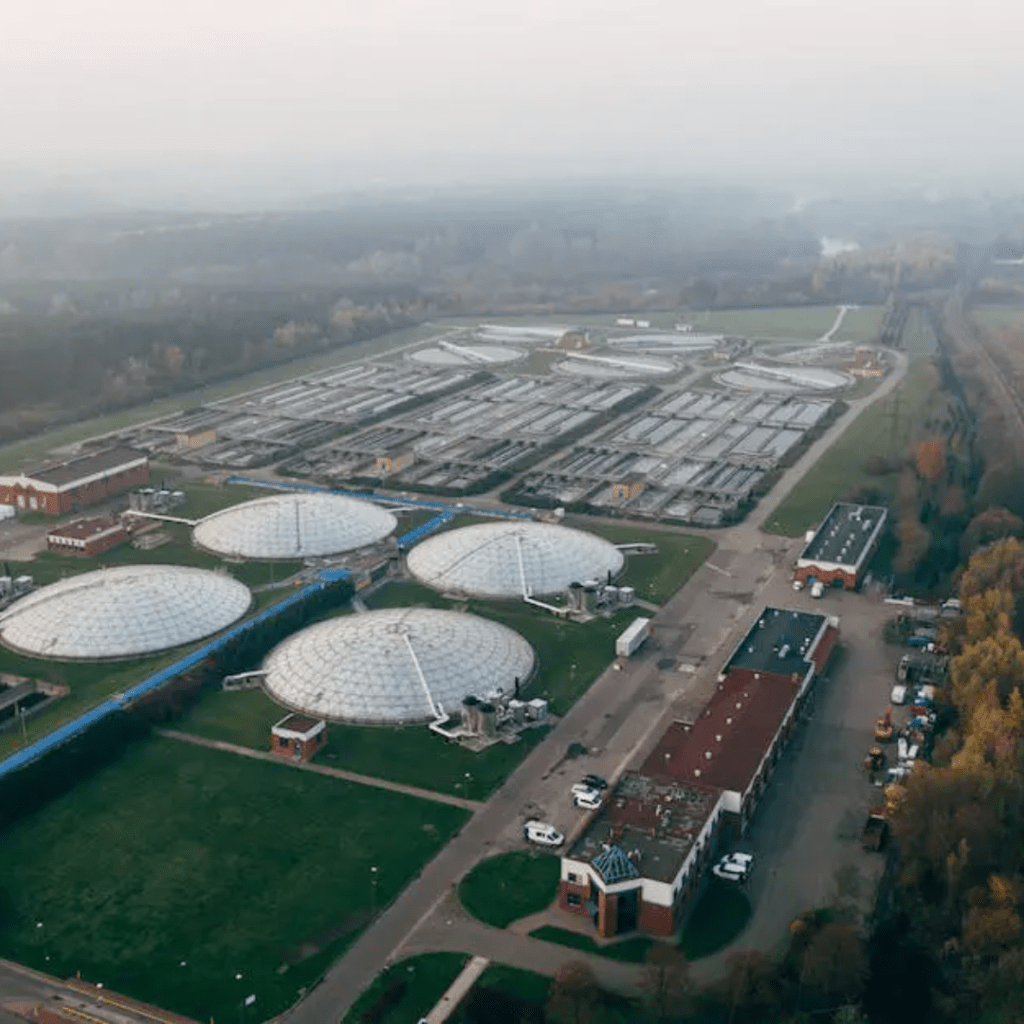
Maintaining Your Water Purification Systems
Diving into the Details of Water Purification
When you start looking into water purification systems, you’ll soon realize that these units are designed to eradicate potentially harmful elements, ranging from bacteria and viruses to numerous other pollutants that may be present in your water. They accomplish this through various methods, be it filtration, distillation, or something called reverse osmosis. And to keep these systems operating at their best, regular maintenance can’t be overlooked. The frequency and type of this upkeep will depend on the specific design and underlying technology of your chosen water purification system.
Maintaining Filtration Systems
Filtration systems, which can include activated carbon filters, mechanical filters, or ion exchange filters, need regular replacement of their cartridges to ensure optimal performance. The frequency of replacement depends on the water usage and the level of contaminants in the water. Over time, these filters can accumulate pollutants, reducing their efficiency. If your water flow seems dramatically reduced or your water has an unpleasant taste or smell, it might be time to replace the filter.
Maintaining Distillation Systems
Distillation systems heat water to produce steam and then condense it back into a liquid, leaving behind contaminants. These types of systems require regular cleaning to prevent the buildup of minerals and contaminants in the boiling chamber. Over time, this can interfere with the system’s ability to heat and vaporize water properly. Regular maintenance often involves removing the boiling chamber and cleaning it with a descaling agent.
Maintaining Reverse Osmosis Systems
Reverse osmosis systems work by forcing water under pressure through a membrane that filters out impurities. The maintenance required for these types of systems generally involves routinely checking and replacing the pre and post-filters, as well as the main semi-permeable membrane used in the system. Failure to regularly maintain these components can reduce the quantity and quality of the treated water and can ultimately lead to system failure.
Additional Maintenance Tips
Besides focusing on system-specific maintenance, general care practices should also be followed. Regularly testing the water before and after purification can provide insight into the efficiency of the system and help detect any issues early on. Some signs that your system might need maintenance include changes in water taste, color, or odor.
Moreover, certain water purification systems, such as reverse osmosis systems, have automated alerts that signal when maintenance or replacement is needed. Familiarize yourself with the system’s features and functions to enable effective diagnostics and maintenance.
In addition to DIY care practices, consider hiring a professional to service your system periodically. Having an expert inspect your system can help catch potential problems before they lead to major repair costs or water quality issues.
Why Regular Maintenance is Important
Maintaining and cleaning your water purification systems regularly ensures they function efficiently, prevent costly repairs, and prolong their lifespan. Remember, the goal is to consistently have access to safe, clean water. Regular maintenance of water purification systems isn’t just about enhancing durability, but also about assuring the health and well-being of all users.

Tackling the issue of safe drinking water starts with water purification at the most micro level, within our homes. Every individual’s path to clean water might differ based on their unique circumstances, such as the composition of their water, budgetary circumstances, family size, and more. It’s crucial to make an informed decision on what water purification method suits one’s specific situation for the long-term availability of clean, safe drinking water.
Equally important is the care and maintenance of these chosen systems to ensure their efficacy is maintained. Whether you rely on traditional methods or the increasingly popular modern water purification techniques, the ultimate aim remains the same: to be able to access clean water, reduce the risk of waterborne diseases, promote healthier living, and contribute positively to our environment.
Conclusion
Clean water isn’t something we can afford to take lightly—especially in a survival situation. By learning how to filter, boil, and purify water using different methods, you give yourself and your family a powerful layer of protection. These skills aren’t complicated, but they do require awareness and practice. The more familiar you are with your options, the calmer and more confident you’ll feel when the unexpected happens. With the right knowledge and a few reliable tools, you can stay hydrated, healthy, and prepared no matter where life takes you—on the homestead, in the wilderness, or during an emergency.
Master essential water purification techniques and ensure your family’s safety during any crisis by exploring The Complete Guide to Emergency Preparedness: Everything You Need to Thrive in Any Situation.
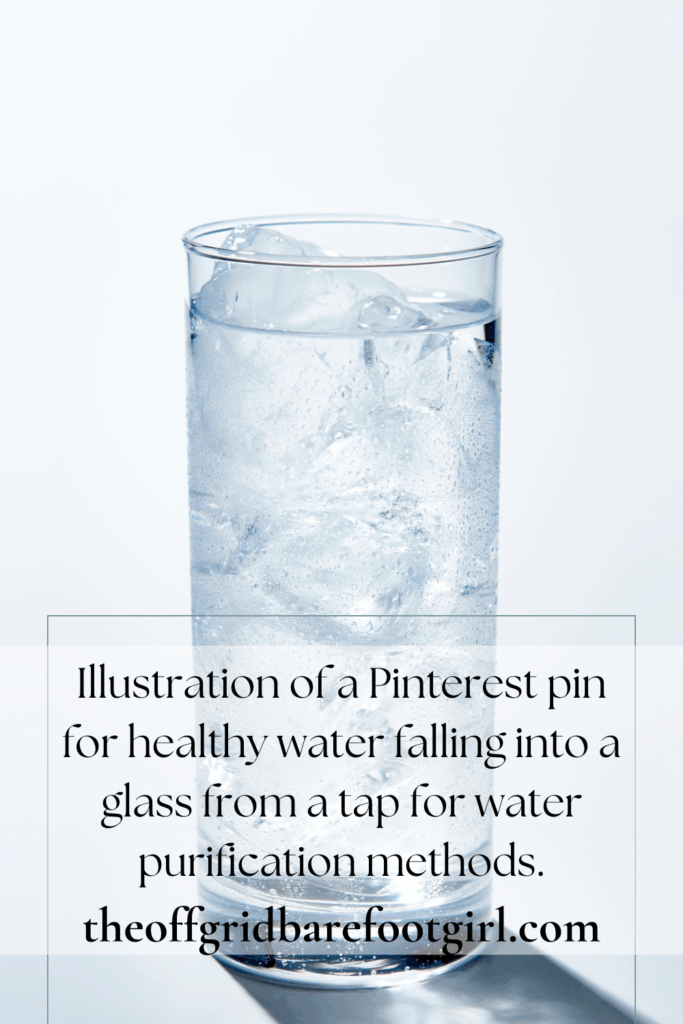
Frequently Asked Questions
1. What’s the easiest way to purify water in an emergency?
Boiling is the simplest and most reliable method. Bring water to a rolling boil for at least one minute (longer at high altitudes) to kill harmful pathogens.
2. Are water filters enough on their own?
Not always. Most filters remove dirt, debris, and some bacteria, but they may not eliminate viruses. Combining filtration with purification—like boiling or chemical treatment—offers the safest results.
3. Can I use household bleach to purify water?
Yes, as long as it’s plain, unscented bleach. Add 1/8 teaspoon per gallon of water, stir well, and let it sit for 30 minutes. It’s a reliable backup when other methods aren’t available.
4. What’s the best way to purify water on the go?
Portable survival filters, purification tablets, and UV purifiers are all great for hiking, camping, or bug-out bags. They’re lightweight, easy to use, and designed for quick, safe water on the move.
Summary
I hope I have inspired you to live sustainably with these tips and products.
If you were encouraged by this post, I invite you to check out my FREE Printables Page for fun free printables, planners, and charts.
ENTER MY FREE Printables Page HERE
Here are some more of my gardening inspiration posts to check out!
How to Feed Your Family During the Government Shutdown
12 Best Tips for Creating an Eco-Friendly Household
Survival Lessons from the Great Depression
The Best 15 Homesteading Blogs to Follow for Inspiration
How to Criminal-Proof Your Home with These 5 Steps
How to Create Your Cottagecore Aesthetic Dream Home
Ideas for Rustic Living Room Vibes You’ll Love All Year Round!
How to Prep Your Home for Chilly Fall Nights
Bring Back the Magic of Fireflies and Lightning Bugs with Solar Power!
The Ultimate Portable Power Bank for Homesteaders and Preppers!
A Bug Out Bag That’s Actually Ready — When You Need It Most!
Magical Ways to Use Fairy Lights in Your Off-Grid Home
How to Live a Cozy Off-Grid Life
The Best Off-Grid Kitchen Tools for Indoors (No Power Needed!)
DIY Solar Made Simple: How I Powered My Off-Grid Life with Practical Preppers!
Sleeper Cells in America: What You Need to Know Now!
How People Are Surviving in Broken Cities with Broken Systems
When the World Hurts, We Prepare with Purpose
How to Live On Raw Land: Everything You Need to Know!
How to Do Off-Grid Laundry with Eco-Friendly Laundry Detergent!
Hollywood on Fire! What Secrets Are In the Ashes?
FEMA Concentration Camps? Are Echos of the Past Returning?
How Likely Is a Russian EMP? One Pulse Could Black Us Out!
What Dark Secrets Lie in The Bird Flu Symptoms?
The Blackout Sun: Who Is Blacking Out Our Sunlight?
More Posts!
How to Bug-In During a Deep Freeze!
‘FOGVID-24?’ What’s in the Mysterious Fog That’s Making Everyone Sick?
From Snow to Sow: Plan Your Spring Garden Now!
11 Fun Ways to Brighten Your Spring Garden with Personality
Top 10 Spring Garden Crops to Harvest in 30 Days and Eat Now!
The Best Survival Crops for Caloric Survival
More Posts!
My Victory Garden: What I Learned from 5+ Years
Why Every Family Should Have a Victory Garden in Their Backyard Now!
The Best Perennials for a Long-Term Survival Garden
The Best Essential Oils for Plants That Repel Garden Bugs
How to Grow Green Garden Peas: Perfect Plump Peas!
Hugelkultur: Does This Epic Pioneering Method Actually Work?
9 Ways to Celebrate Earthing Day in Your Garden!
Gardening Indoors: Secrets of Growing Your Food Inside!
How to DIY a Milk Jug Drip Irrigation System!
Why Cedar Mulch Is The Perfect Natural Weed Barrier
Gardening Projects
Onions: How to Grow Onions for Storage
Peas: How to Grow Garden Peas for a Bumper Crop
Carrots: How to Grow Carrots for a Bountiful Harvest
Prep Your Garden for Spring Planting with These Expert Tips!
How to Grow a Prepper Garden to Survive and Thrive
The Best Garden Tools You Need for a Productive Season
Fastest Growing Vegetables for Your Survival Garden
How to Grow Marigolds As Pest Control In Your Vegetable Garden
Must-Have Tools for a Successful Balcony Vegetable Garden
How to Effectively Combat Powdery Mildew in Your Garden
The Best Tips for Organic Gardening
How to Release Ladybugs In Your Garden for Organic Pest Control
More Posts!!
The Best Garden Snail Control Strategies
The Best Spring Vegetables to Grow in Your Garden
Seed Starter Mix: How To Make Your Organic Seed Starter Mix At Home
How to Grow a Productive Canning Garden
How to Plant and Grow a Salsa Garden
Easiest Heirloom Vegetable Seeds to Grow Now
How to Use the Hand Twist Claw Tiller: Tackling Tough Soil
More Fun Gardening Posts to Check Out!
Planning Your Garden: How to Plan a Vegetable Garden: Expert Green Thumb Tips!
Winterizing the Garden: How to Winterize Your Vegetable Garden: Step-by-Step Checklist
Mulching the Garden: How to Make Leaf Litter Mulch
Grow a Pumpkin Patch: How to Grow a Pumpkin Patch in Your Backyard
How to Grow a Fall Garden: 9 Best Fall Crops
Clever Ways to Incorporate Indoor Composting into Your Home
How to Start Composting for the Garden: A Step-by-Step Guide
The Ultimate Guide to Composting in Your Suburban Backyard
Why I Built A Survival Garden in My Backyard
16 Best Medicinal Herbs to Grow in Your Garden Now
Blessings,
The Off Grid Barefoot Girl

